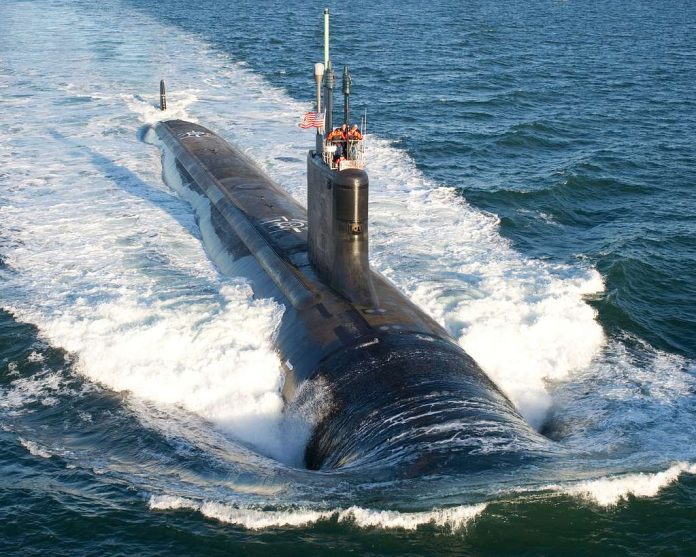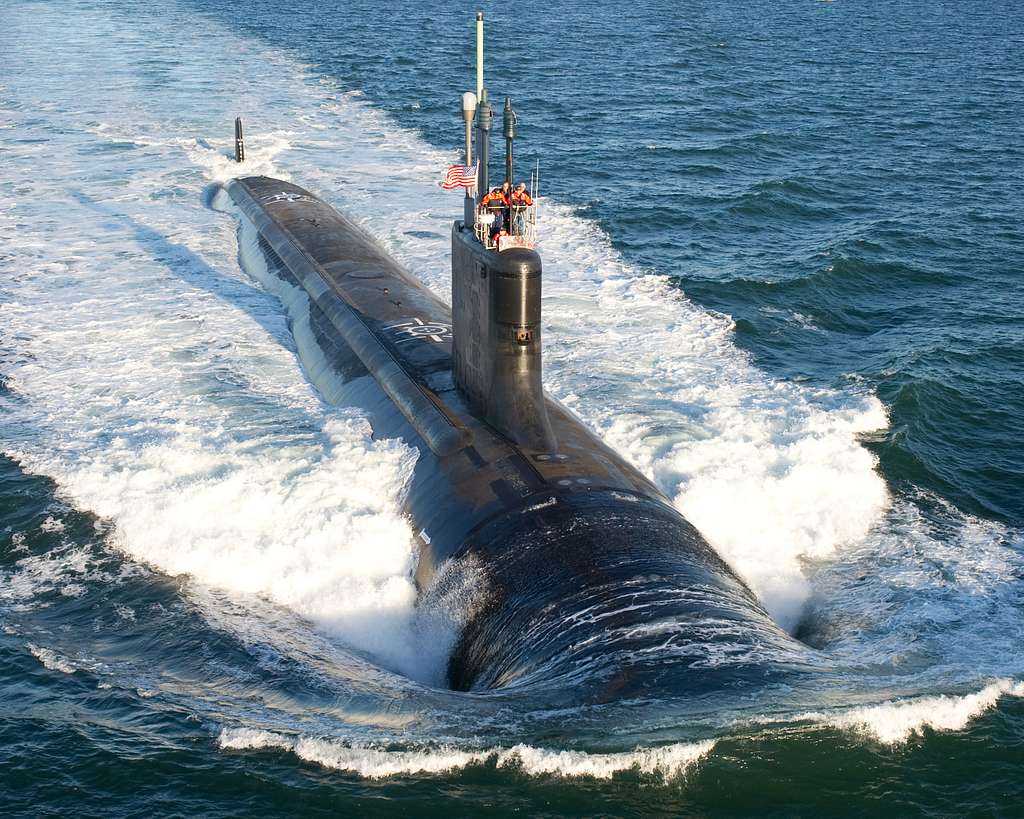
The House Armed Services Committee (HASC) has demonstrated a firm commitment to bolstering U.S. submarine capabilities by approving funding for an additional Virginia-class attack submarine in the Fiscal Year (FY) 2025 defense policy bill. This decision diverges from the administration’s budget request, which initially included funding for only one such vessel.
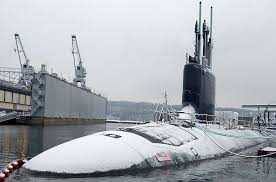
This strategic move underscores the critical importance of enhancing both national defense capabilities and supporting the submarine industrial base. The chairman’s mark of the bill allocates an additional $1 billion for the procurement of the second Virginia-class submarine, recognizing its vital role in maintaining the Navy’s fast attack capabilities.
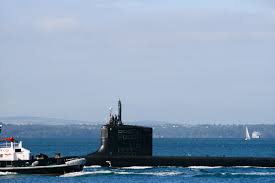
To facilitate this action, the seapower and projection forces subcommittee’s mark grants the Navy incremental funding authority, aiming to counteract the sporadic funding patterns that have previously strained the submarine industrial base.
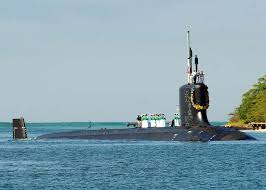
The committee’s documents express concerns over the Navy’s recent decision to request one attack submarine, as opposed to its earlier commitment to buying two attack boats alongside one Columbia-class ballistic missile submarine annually.

This shift is deemed to undermine the efforts to rev up the industrial base for heightened demand, including plans under the AUKUS agreement to supply submarines to the Royal Australian Navy.
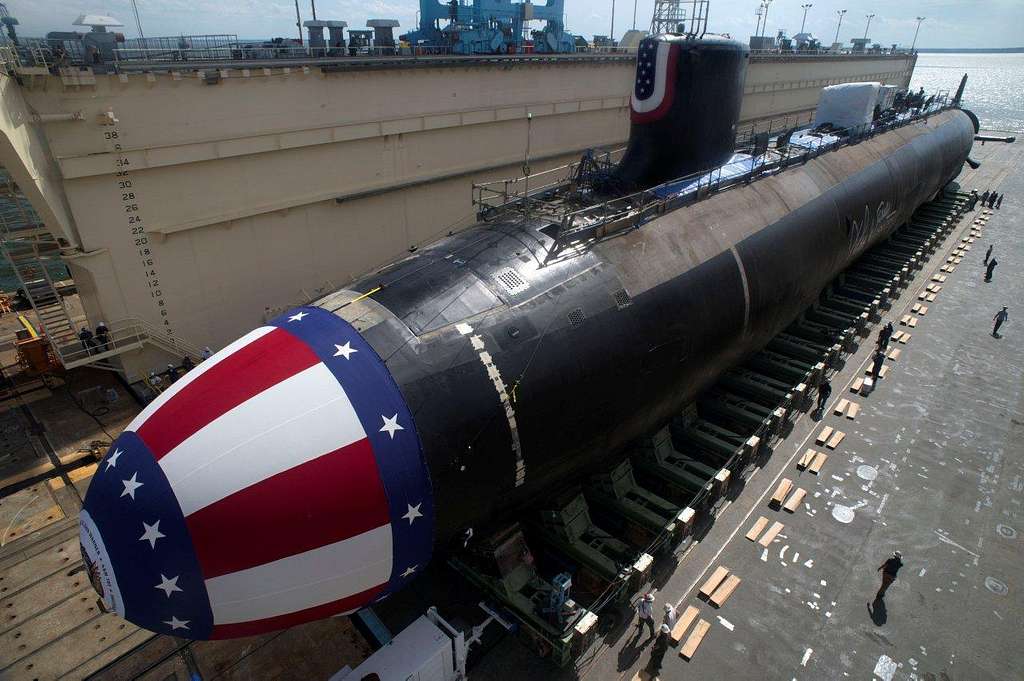
The HASC seapower panel articulated this sentiment by stating, “To renege on that commitment in just the first year after achieving the needed enabling legislation sends an inconsistent message to our allies and a talking point for our adversaries’ propaganda.”
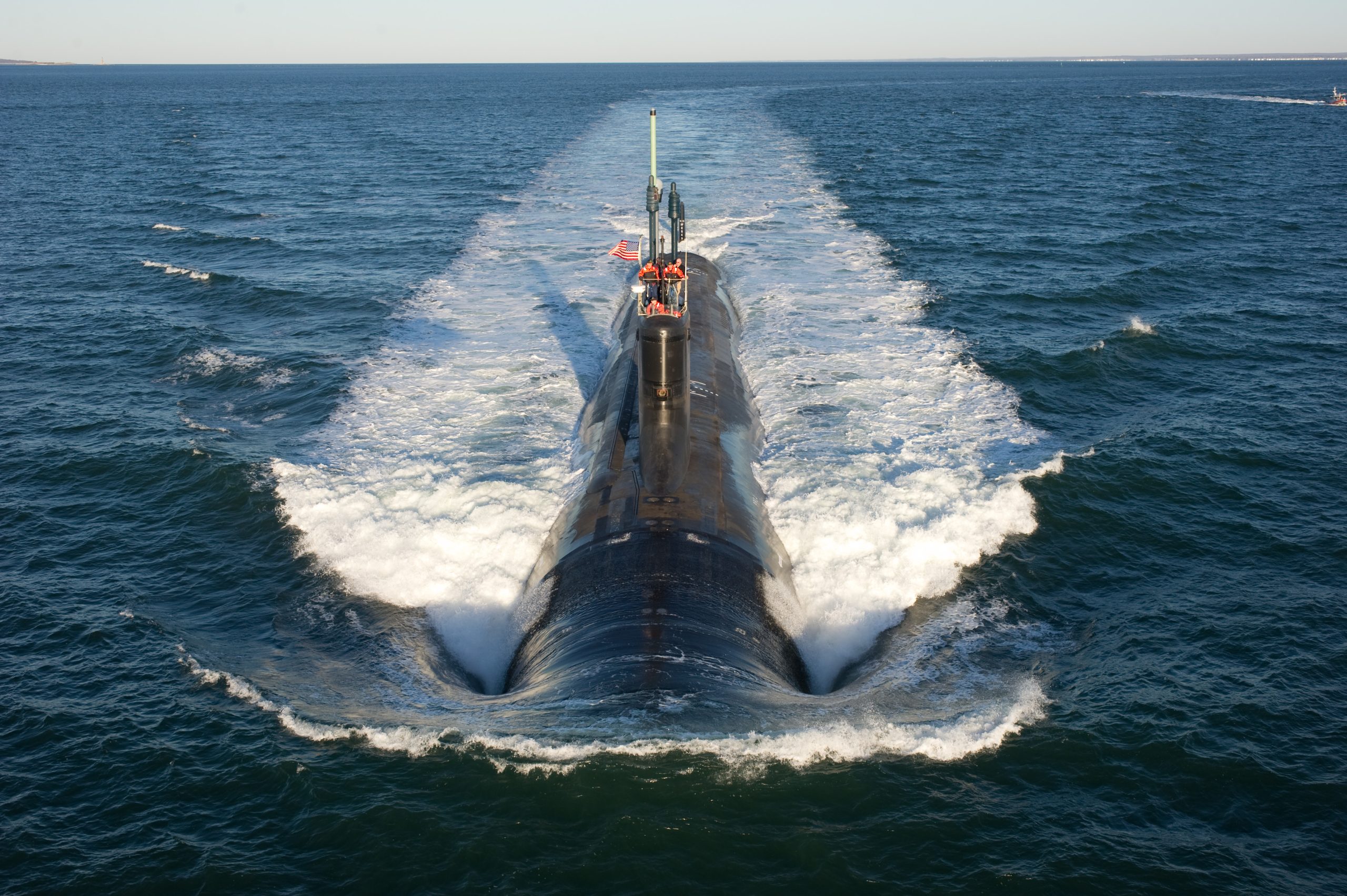
The industrial base’s current pace of producing approximately 1.3 attack boats per year is below the Navy’s stated need to construct 2.33 attack boats plus one boomer annually, particularly in light of the requirements to support Australian needs.

Navy officials had defended their leaner request by arguing that the backlog and delays in the Virginia program necessitated a concentrated influx of funds to stabilize suppliers ahead of projected demand increases.
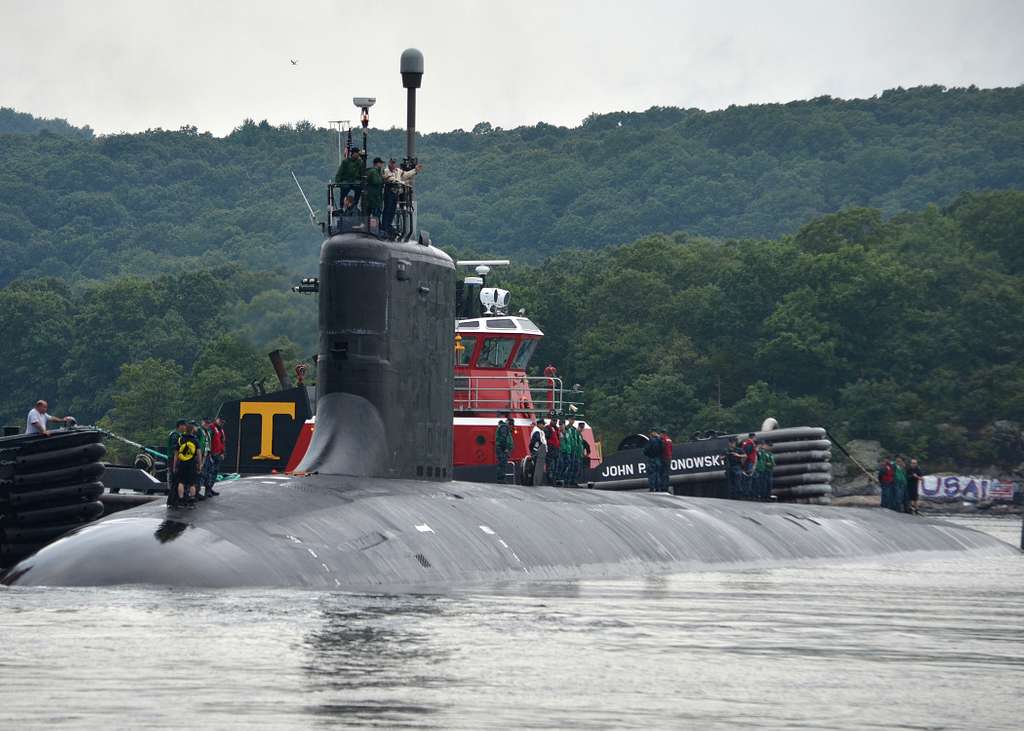
Despite the Navy’s proposal for a $7.3 billion allocation for the Virginia-class program, encompassing one submarine and advance procurement for future purchases, lawmakers criticized this approach during posture hearings.

Representative Joe Courtney pointed out that not all companies contributing to the submarine supply chain benefit from advanced procurement dollars; consistent procurement ensures stability across the full spectrum of suppliers.
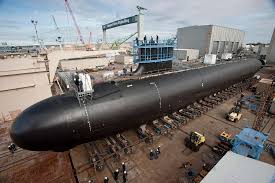
The HASC’s push for the second submarine has garnered broad legislative support, as evidenced by a letter penned by 120 House lawmakers to the House Appropriations defense subcommittee, advocating for the appropriation of funds for two Virginia-class submarines in FY 2025.

This underscores the bipartisan understanding of the strategic and economic imperatives tied to the submarine program.
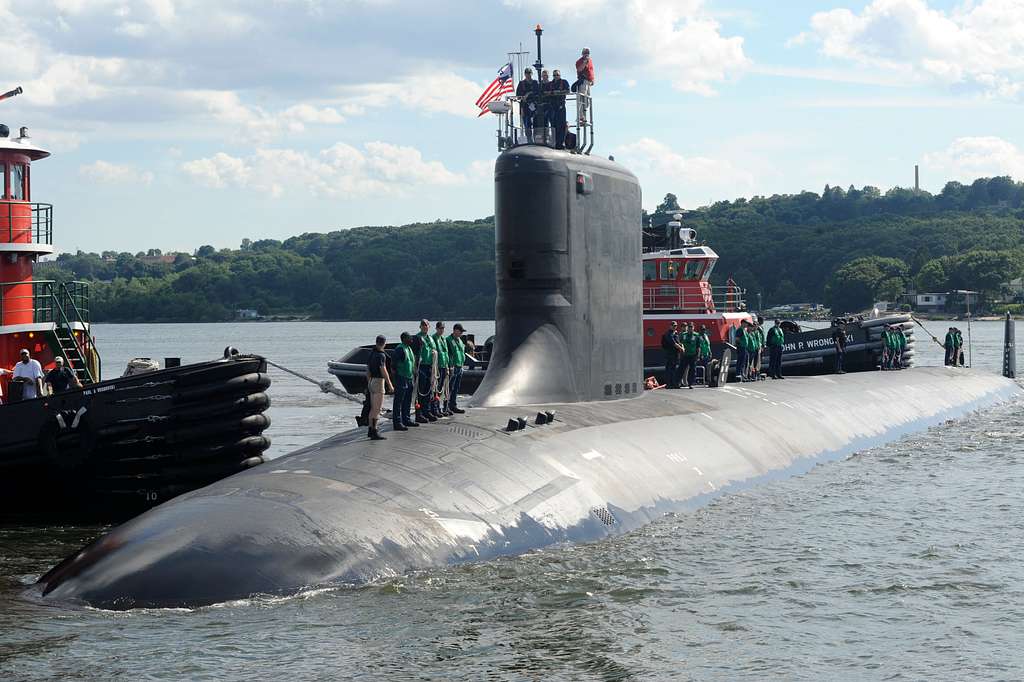
The chairman’s mark also reflects a strategic reallocation of resources, as it cuts $1.17 billion from the Navy’s request for a Constellation-class frigate due to delays in the program. This rebalancing act underlines the HASC’s prioritization of assets deemed more immediately critical to national defense.
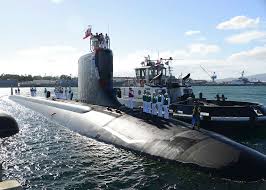
On the broader naval shipbuilding agenda, the mark generally aligns with the Navy’s aspirations, authorizing funds for two Arleigh Burke-class destroyers, one San Antonio-class amphibious transport dock, and one Medium Landing Ship. The total authorized shipbuilding budget of $31.6 billion is a slight reduction from the Navy’s $32.4 billion request, with additional provisions for advanced procurement funding for future aircraft carriers.

The NDAA, constrained by the $895 billion spending limit set by the Fiscal Responsibility Act, will be subject to further scrutiny and possible amendments during the HASC markup session.
Relevant articles:
– HASC Chairman’s Mark Authorizes Second Virginia-class Submarine, Cuts $1B from Delayed Frigate Program, USNI, 05/14/2024
– 35s in $849.8 billion draft defense policy bill, Breaking Defense, 05/13/2024
